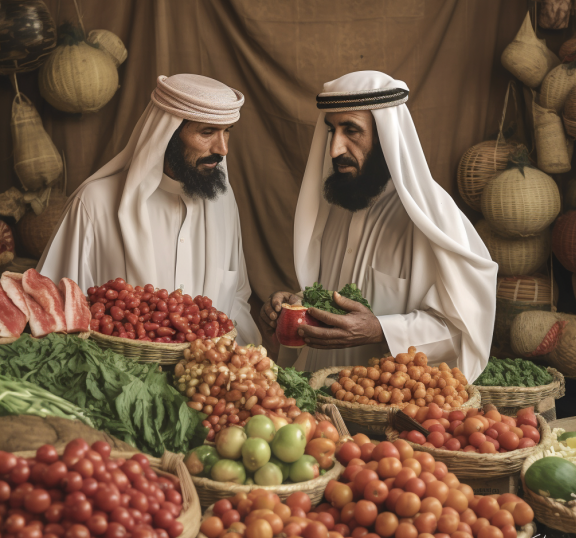Where extreme heat, water scarcity, and limited arable land pose challenges for traditional farming methods, indoor farming presents opportunities for sustainable agriculture and food production. That includes countries like In Saudi Arabia.
One of the biggest advantages of indoor farming in Saudi Arabia is the ability to grow crops year-round, regardless of the outdoor climate. With controlled environments, crops can be grown without being dependent on external weather conditions, making it possible to cultivate a wide variety of crops consistently throughout the year. This can help reduce the country’s reliance on imported fruits and vegetables and increase local food production.
Water scarcity is a critical issue in Saudi Arabia, as the country has been challenged by limited freshwater resources for decades. Indoor farming techniques such as hydroponics and aeroponics, which use significantly less water when compared to traditional soil-based farming, can be particularly advantageous in a water-scarce environment. These methods allow for precise control over water usage, leading to higher water-use efficiency and reduced water waste.
Another benefit of indoor farming in places like Saudi Arabia is the ability to cultivate crops in a pesticide-free environment. By using controlled environments, pests and diseases can be minimized or eliminated without the need for chemical pesticides, reducing the reliance on harmful chemicals and resulting in cleaner, healthier produce.
Indoor farming can also help mitigate the challenges of limited arable land in Saudi Arabia. With vertical farming, crops can be grown vertically, maximizing the use of limited space and enabling higher crop yields per square meter compared to traditional farming methods.
Perhaps the best part is container farms can be deployed where they’re needed, a move that decentralizes food production and limits emissions associated with transporting large amnounts of harvested food over long distances.
There are already some initiatives and projects in Saudi Arabia that are exploring the potential of indoor farming. The King Abdulaziz City for Science and Technology (KACST) has established the Center of Excellence for Green CEA Technologies, which focuses on research and development of indoor farming technologies. Additionally, several private companies are investing in indoor farming facilities in the country, utilizing advanced technologies and sustainable practices.
The Green Riyadh Project also offers opportunities for indoor growing, this time for trees as part of one of the “most ambitious afforestation projects in the world,” according to the government’s website. The plan is to plant more than 7.5 million trees throughout the city of Riyadh, and FarmBox Foods’ Vertical Hydroponic Farm allows for scalable tree propagation. The tree program is expected to improve air quality, reduce temperatures in the city, and encourage residents to practice a more active lifestyle, helping to meet the goals of the kingdom’s Saudi Vision 2030 initiative.
Advancements in science and technology have brought us to this point, and increased awareness of the benefits of indoor farming in the Middle East mean it will continue to gain traction in the coming years.

